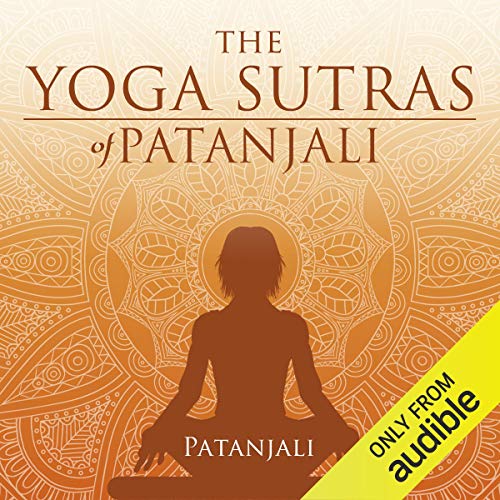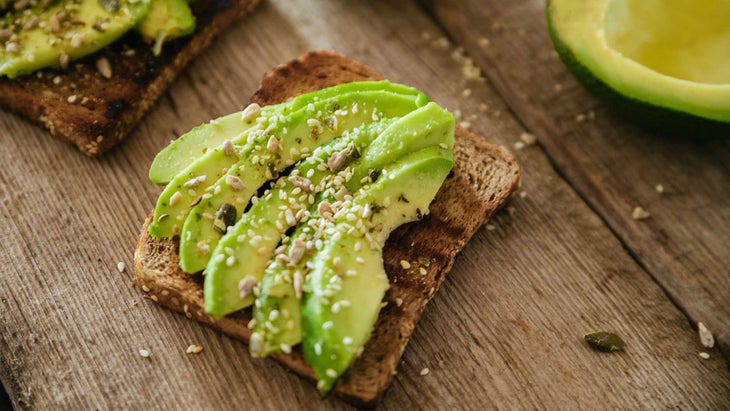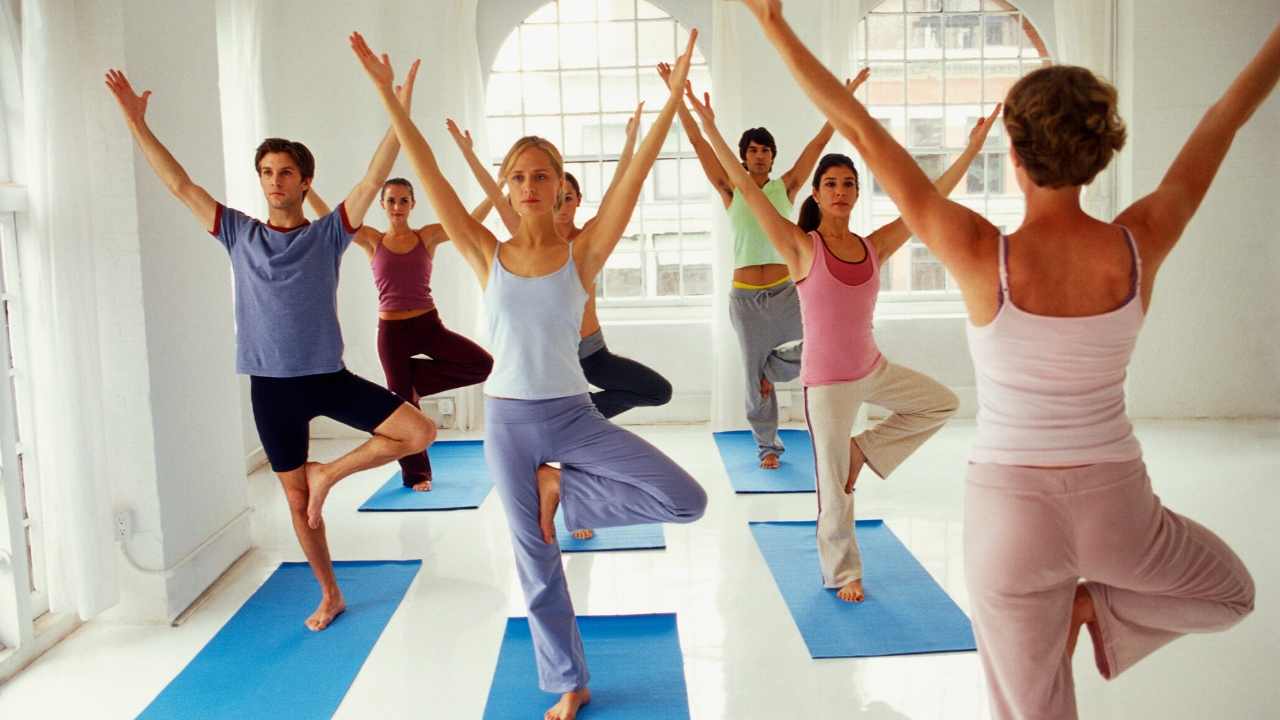
Ashtanga, and vinyasa, are two kinds of yoga. They are very similar in structure and practice, but there are some differences. Traditional Ashtanga schools don’t practice on the full moon and new moon. They also don’t use specific mantras in their classes. Vinyasa classes can have music played by the teacher to aid focus. But this is not Ashtanga traditional.
Yin yoga
There is a difference between Ashtanga Yoga & Yin Yoga. The first involves more vigorous movements while the latter is a more meditative type of yoga. Both have similar benefits, but each has its own unique advantages. Yin aims relax the mind and body, while Ashtanga aims strengthen the muscles.
Vinyasa, another popular form is yoga. Named after the Sanskrit root for flow, the name refers to the fluidity of the poses and their movement. Music is a common feature in vinyasa classes to keep it light and fun. These classes have the same intensity as Ashtanga, but are quite different in terms of style and intensity.
Yoga for restorative purposes
Restorative Yoga is a gentle form of yoga that helps the body relax and unload. Its purpose is to help students relax and reconnect with their bodies. The focus is on breathing deeply to relieve tension and pain. It is especially beneficial for those with back or neck pains or people who want to avoid injury.

Restorative yoga uses props to support the spine, and most poses are performed seated. These poses are relatively passive and are typically held for only a few moments. Restorative Yoga is for people who need to relax from a strenuous practice of yoga, are recovering after an injury, or are under a lot stress.
Ashtanga
There are many variations between Ashtanga Yoga, Vinyasa Yoga. The first is that the Ashtanga style involves a set sequence that is usually performed in a fixed order. Vinyasa is the opposite. It involves different postures, depending on who the teacher is and how the student is doing it. Every student can develop a vinyasa (or special sequence) that is unique to them. This sequence can then be easily remembered, which encourages spirituality and nirodhah.
Vinyasa is more popular than Ashtanga yoga. It has a more traditional lineage and is more well-known in India. Vinyasa is a more modern form of yoga, and is practiced by both serious practitioners and the recreational crowd. Both styles of yoga can be a good fit for you, depending on your goals.
Vinyasa
Ashtanga and Vinyasa yoga are both different types of yoga practice. Ashtanga's asanas are done in a precise sequence. Vinyasa, however, is more flowy. Although Ashtanga is more rigorous, Vinyasa can be practiced more leisurely and is often considered more accessible for beginners.
Vinyasa yoga originated as a branch of Ashtanga yoga. It developed gradually from the slow Vinyasa flow towards power yoga. In a typical Vinyasa yoga class, many Ashtanga poses are performed, but the order is usually changed to create a more intense workout. Vinyasa yoga classes also use the Ujjayi breathing method, which requires that the practitioner of Vinyasa practice poses while focusing on their breath. Vinyasa classes can have multiple levels, as well as quick transitions from one pose to another.

Yin yoga vs ashtanga
Ashtanga, a dynamic style of yoga, is a Yin Yoga, which cultivates slow, meditative energies. Yin Yoga focuses on seated poses and connective tissue, and encourages calmness and patience. Both styles have their benefits. These are some tips to help you decide which style of yoga is best for you.
Yin yoga emphasizes holding poses for several minutes. While it can be uncomfortable at the time, this helps to strengthen the connective tissues. You can prepare your body to do more difficult poses, like Warrior II, by holding long half-pigeons.
FAQ
Is 20 minutes a day of yoga enough?
Yoga should not only be considered an exercise activity, but a way to find your inner self. It's a time for reflection on your life and the way you live it.
A few years ago, I was introduced to yoga by my friend, who had been practicing it for many years. He told me that he did yoga for 20 minutes each morning, which helped him feel calmer throughout the rest of his day.
I decided to try it and found that it made a difference in my overall well-being. Since then I have been practicing yoga on a regular basis and it has helped me to relax and stay focused when I work at my desk.
The key is finding what works best for you and setting realistic goals. Yoga does not have to be an exhausting activity.
What do I need to start practicing yoga?
For lying down, you'll need a mattress (some of them foldable), some loose clothes, and a towel or blanket.
You may also need props like blocks, straps or bolsters, blankets, towels, or blankets for specific poses.
In general, however, you shouldn't need anything else. You must have a desire for positive change in your life and be willing to dedicate yourself to yoga.
Are yoga mats necessary?
Not necessarily. Many studios offer mats for students. These mats are made from rubber and are very easy to clean.
You can also purchase your mat. You will have a good mat for many years.
I already do some kind of physical exercise. Do I still have the potential to benefit from yoga?
Yes! Yoga can be beneficial for anyone, even if they are not physically active. Yoga can be combined with other activities like running, cycling, lifting weights, and swimming to achieve greater results.
This is because yoga helps you focus on proper breathing techniques, which help you burn calories faster.
It can also increase your endurance. Yoga has many benefits, so it doesn't matter if you're an advanced or beginner yogi.
Statistics
- Start your Fall off right with 20% off All Access Membership when you sign up by 9/25! (corepoweryoga.com)
- About one in seven U.S. adults practiced yoga in the past 12 months, according to a 2017 national survey. (nccih.nih.gov)
- Gentle yoga has been shown to ease some of the discomforts of tender, swollen joints for people with arthritis, according to a Johns Hopkins review of 11 recent studies. (hopkinsmedicine.org)
- According to calorie estimates calculated at Harvard Medical School, the average 125-pound person burns about 120 calories in a half hour of hatha yoga, and a 185-pound person burns about 178 calories in that half hour. (everydayhealth.com)
- According to the Agency for Healthcare Research and Quality, falls are incredibly common among older adults in nursing facilities. Even the simplest ones can increase the risk of death (24). (healthline.com)
External Links
How To
Yoga is a good way of losing weight.
This question can only be answered if you understand yoga. Yoga is an ancient form, Indian-inspired exercise. It was originally developed by Indian Yogis who wanted to achieve spiritual enlightenment as well as physical fitness.
Yoga focuses on stretching and strengthening muscles while simultaneously relaxing the mind and body. It is designed to bring about a state that is complete relaxation, free of stress and anxiety. This can be achieved by focusing on breathing techniques or meditation.
Yoga includes various poses that can be used to strengthen or stretch muscles. These poses are held for many minutes. These poses may include rhythmic movements like slow walking, jumping or moving through the mud.
The goal of yoga is not to burn calories but rather to increase one's overall energy level. Most people who practice yoga are able to maintain a healthy body weight.
You will notice a difference in your ability to relax when you practice yoga. You'll feel happier and sleep better.
You'll feel younger and your skin will glow.
Many people feel a decrease of blood pressure after they start yoga.
Other studies have shown that yoga has helped reduce symptoms associated with depression.
Yoga does not work in the same way that other forms of exercise. Instead, yoga increases oxygen flow throughout your body. This allows your brain to relax, releasing endorphins that can stimulate feelings of happiness and joy.
It should be noted that some individuals struggle with weight loss due to their genetics. You might not want to do yoga until you reach your ideal weight if you're one of those people.